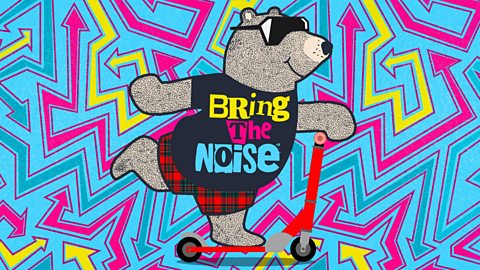They're the hit of children's parties and end of term discos, but the plague of parents. Why do some songs prove so popular with children they are played seemingly perpetually?
From George Ezra's Shotgun to Baby Shark and Macarena - they're the songs kids love, and everyone else grows to hate.
What do they have in common and can it be bottled? And then maybe thrown away?

It's all about the beat
The rhythm and beat of a song can be crucial in capturing the attention of children.
"Songs like 'Shotgun' have easy rhythmic meters in the melody, almost nursery rhyme like," explains Anna Neale, a singer-songwriter and member of .
"It's a trick that's often used in commercial songwriting where writers will stick to a maximum five note range when composing top line melodies or hooks," she said.
"I've been in writing sessions where we've even tried to emulate the rhythmic and melodic patterns in 'Three Blind Mice'. Why? Because music is aural tradition.
"Folk songs pass down because the restricted melodic range and meter make then easier for the human brain to hold onto."
Mark Gordon, has written songs, sung by Dolly Parton, for US childrenÔÇÖs programmes on Nickelodeon. "The beat is really important" in engaging children, he said.
Also a member of The Ivors Academy, Mark works for Score Draw Music creating children's songs and says "It's not the standard ÔÇÿdanceÔÇÖ beat per minute, kids also love the kind of drumbeats in songs like Hey Mickey. A beat that they can clap or tap along to. Not too fast or slow.
"They canÔÇÖt latch on to say drum and bass in the same way as they find slow jams vanilla.
"Energy is critical."
Anna Neale agrees that the patterns ÔÇô often evident in nursery rhymes - are key to hooking in children as we all ÔÇ£rely on and love patternsÔÇØ in music.
"My children love Shotgun, as well as songs such as Hate Me - very nursery rhyme like.
"They're a good gauge for what will work in a pop song when I'm composing at home."

| More top stories |
|---|
| >> How Jamaican reggae conquered the world |
| >> 5 musical ideas to try with children at home |
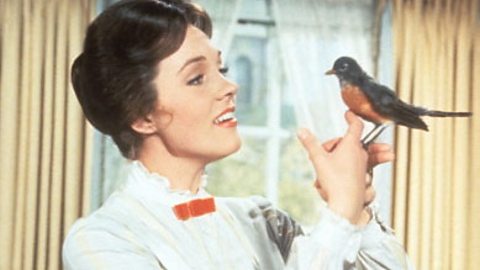
Marketing matters in making songs memorable
While it might look like itÔÇÖs all about simplicity when writing songs for children "sophisticated songs" can really cut through, says Dr Simon Barber, a research fellow at Birmingham City UniversityÔÇÖs Centre for Media and Culture Research and one half of the duo behind the popular songwriting podcast .
"If you consider, for instance, the work of The Sherman Brothers, who wrote songs like Supercalifragilisticexpialidocious for the musical Mary Poppins, there is seemingly no end to a child's ability to engage with complicated material when faced with something that is fun, creative, and memorable," he said
"It is important to consider what material is exposed to children and through which channels.
"While the canon of great Disney musicals is one way in which children are repeatedly exposed to songs, traditional media such as radio, film and television, alongside YouTube and other contemporary forms, do their part.
"They continually place an emphasis on recommending particular pieces of content in accordance with their marketing priorities and algorithms, and all of that feeds into what is perceived to be worth remembering."

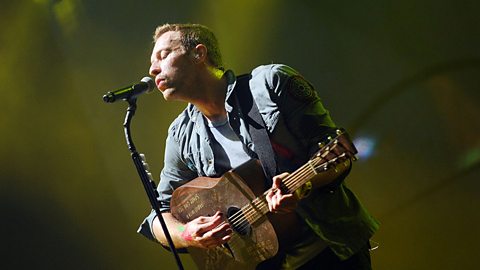
Children have a particular vocal range
Knowing how children sing, and their limitations, is crucial to writing successfully for an age group.
"The key a song is written in is really important," Mark Gordon says.
"We write our choruses in keys we know two to nine-year-olds can sing along with in the sweet spot of their vocal range. Belting it out.
"No doubt female songs work better as thatÔÇÖs the vocal range most kids have, boys are a little lower, but honestly not much."
DonÔÇÖt underestimate children though, as Simon Barber says: "If you're going to write songs for children and you want them to last, I'd say it would be important not to talk down to your audience.
"Young people are far more sophisticated than they are given credit for.
"Of course itÔÇÖs important to create a memorable melody and lyric and to make use of repetition, but if you can also credit the listener with some intelligence, you have a better chance of transcending the novelty of songs like ÔÇÿBaby SharkÔÇÖ."
Highlighting and repeating specific words - like shotgun - is a great way of hooking children in to songs, says Mark Gordon.
"Young kids, interestingly, are not as into the kind of Arcade Fire, The Lumineers, Coldplay thing about ÔÇ£aaaahsÔÇØ and ÔÇ£oooohsÔÇØ. This seems to work less well.
"In one song we wrote, we repeated a key word about nine times in a minute"

Films and friends are crucial
One sure fire way to make a song resonate with children is to include it in a popular film, here the rules about repetition and hooks can be superseded by familiarity and sparking of children's imagination.
"One can assume that children are unlikely to find much pleasure in 'difficult' music such as avant-garde jazz or experimental electronic music, but I suspect there are exceptions, especially if the music in question is fun, creative, and memorable," Simon Barber said.
"From experience, my children come to know the pop music they are most commonly exposed to, from their friends and from YouTube.
"Also, if a song is associated with a major commercial media product, such as a movie like Frozen, then the visual spectacle helps bring the song to life in their imaginations and enhances its impact."
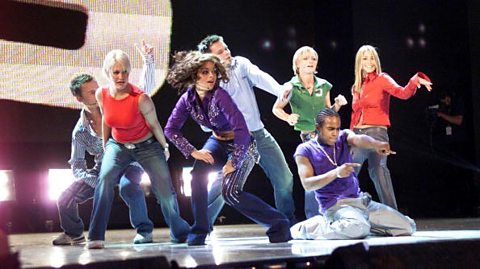
The age of teen idols could be over
The media landscape that brought us S Club 7, New Kids on the Block, Backstreet Boys, McFly, Steps and countless others has changed irrevocably, but does that mean those type of acts are gone for ever?
Anna Neale thinks the audience and market for pop music has shifted considerably in the last 15 years.
"Now we are writing to typically one audience, which in terms of the younger generation, seven to 21-year-olds is one that requires an instant 'hit' to engage with the music," she said.
"Hence the reason why songs rely on structured hooks rather than traditional song structure, and why we have very short intros.
"From my own experience I'd say that there simply isn't any music made for 'tweens' anymore.
"Songs seem to appeal to a much wider age range in children and young adults."
Mark Gordon agrees that songwriting for children has changed: "My kids are now eight and 12 and to the question of whether things have changed ÔÇô definitely.
"Pop songwriting is more ÔÇÿdistilledÔÇÖ than ever but for my youngest - nothing beats Here Comes The SunÔǪ"
It can work both ways though, with adult audiences crossing over too, as Anna Neale says: "I think many of the elements used in songs for children have made their way into songs for adults.
"In terms of session work I do for children's music most of it is current covers of popular chart songs. That never used to be the case."

Is pop music for kids dead?
If the children's and teen pop market has moved on from the golden age of Smash Hits magazine, is there still a future?
"There will always be music that appeals to young people and artists will continue to innovate in that corner of the pop world," Simon Barber said.
"As children are exposed to more and more options for consuming media, the historical place of television in the making of pop groups and their songs becomes less relevant, and so it is likely that the next generation of pop heroes and tastemakers will make their names through their mastery of a dizzying array of platforms, channels, just as we have seen with the growth of YouTube and social media."
More from Bring the Noise
Get started with Play It!
Explore the different elements that make up a song, play or clap along with the music and make then listen back to your own version of songs.

Gareth Malone: Tips for teaching singing
Ideas and techniques for encouraging singing in the classroom
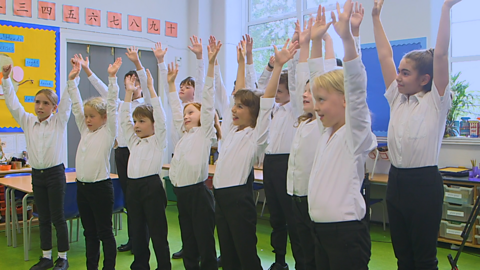
Children's song lyrics and downloads
Song lyrics, downloads, lesson plans and resources for use with Bring the Noise songs.
